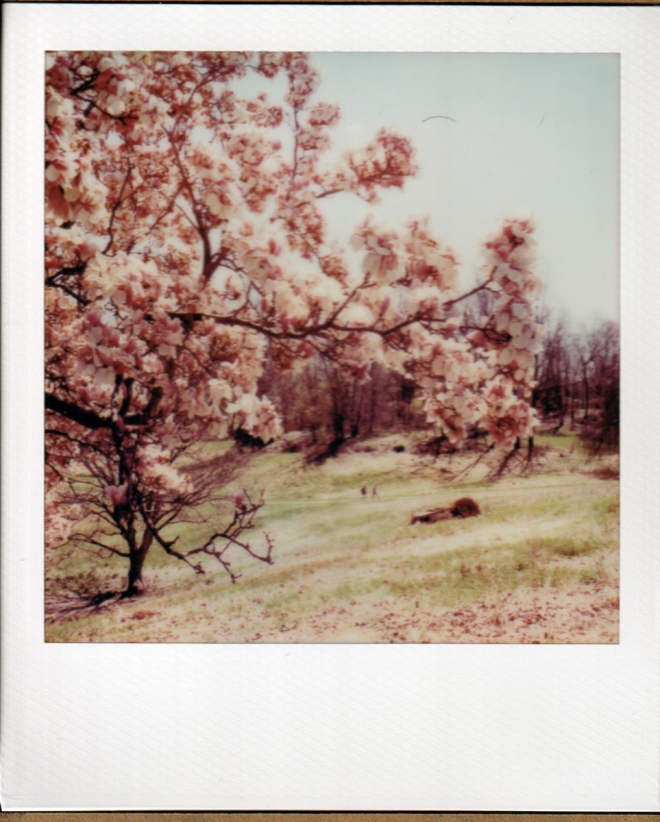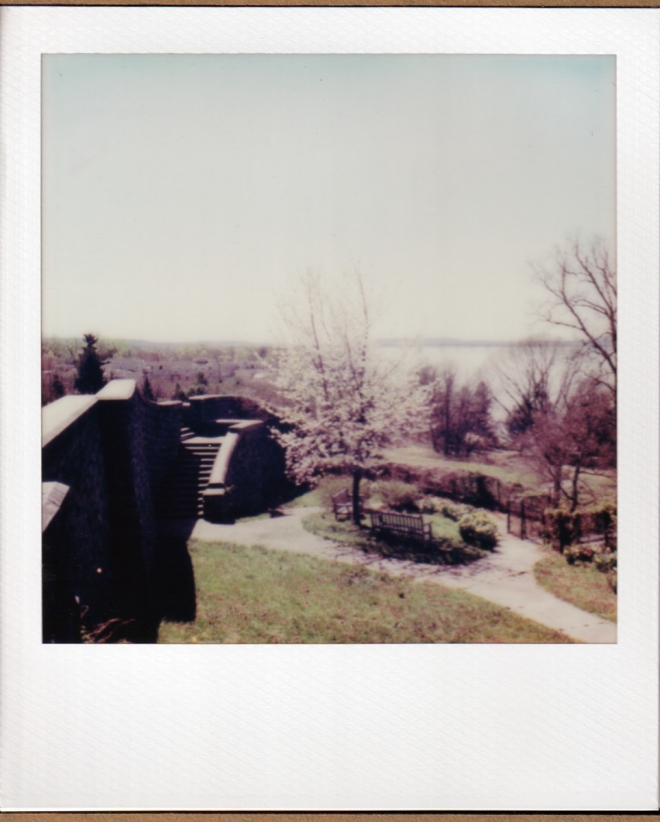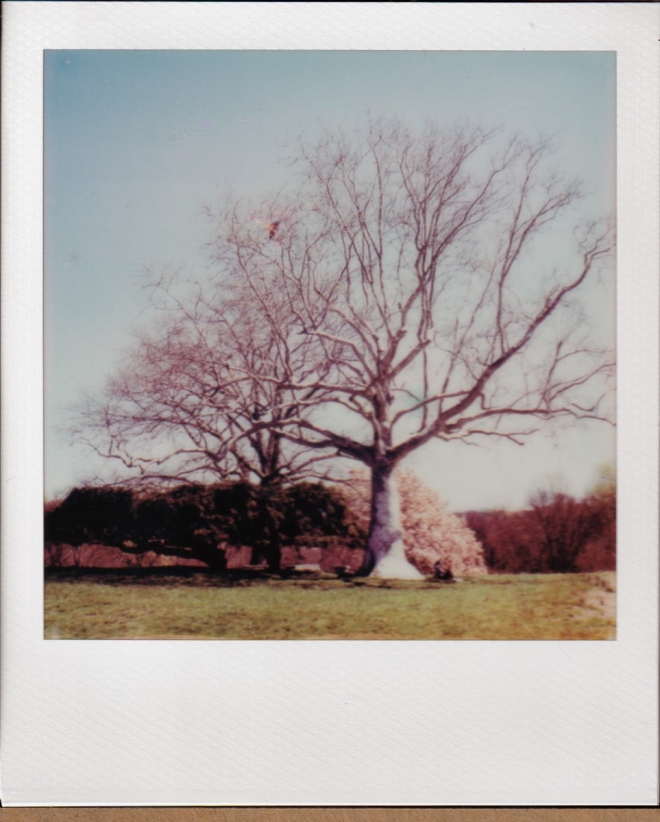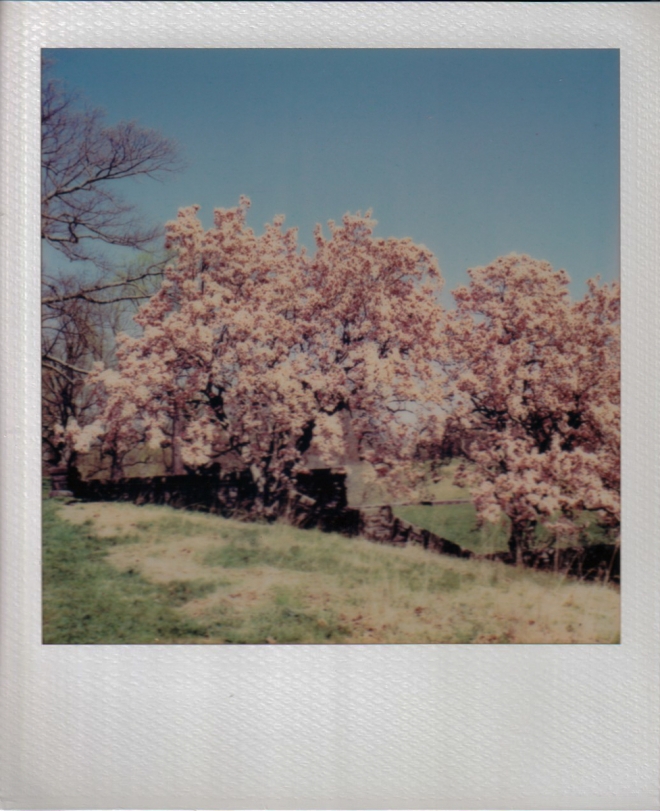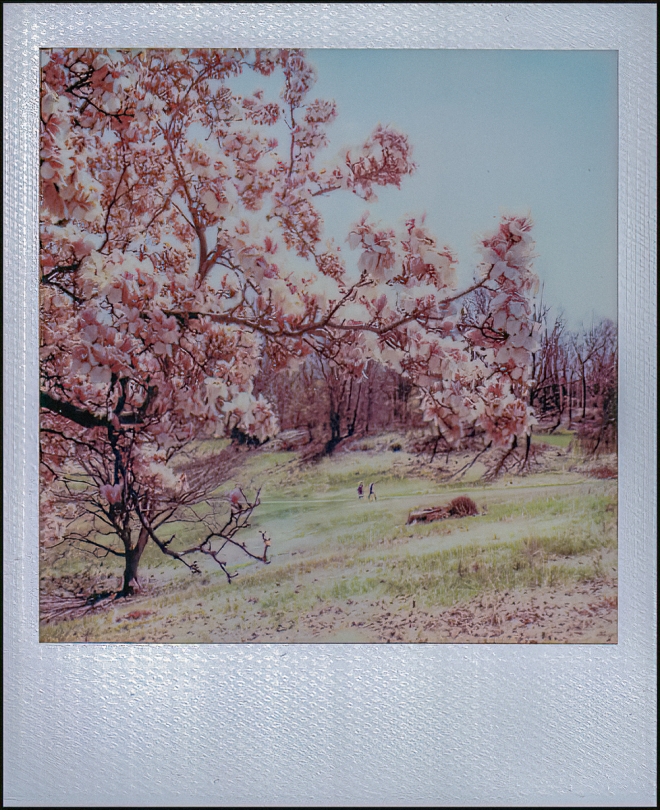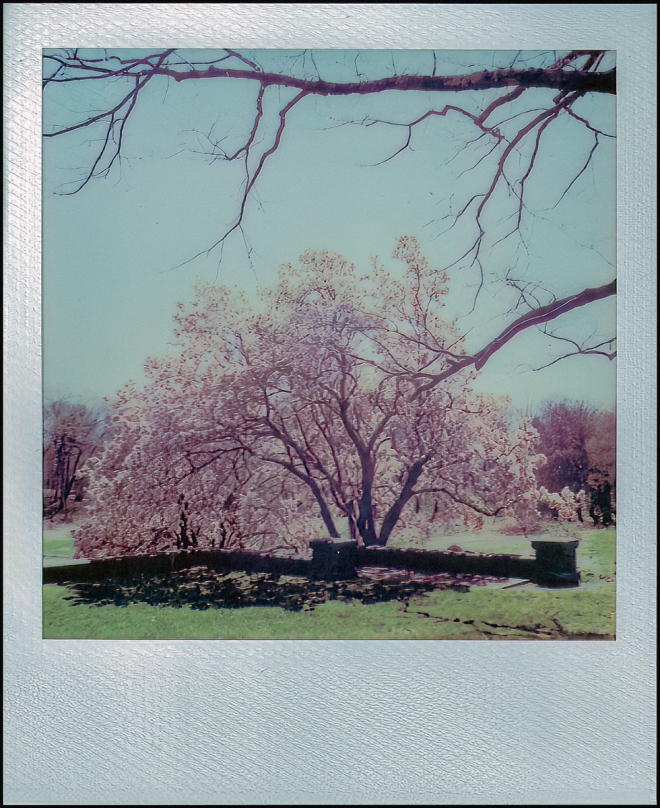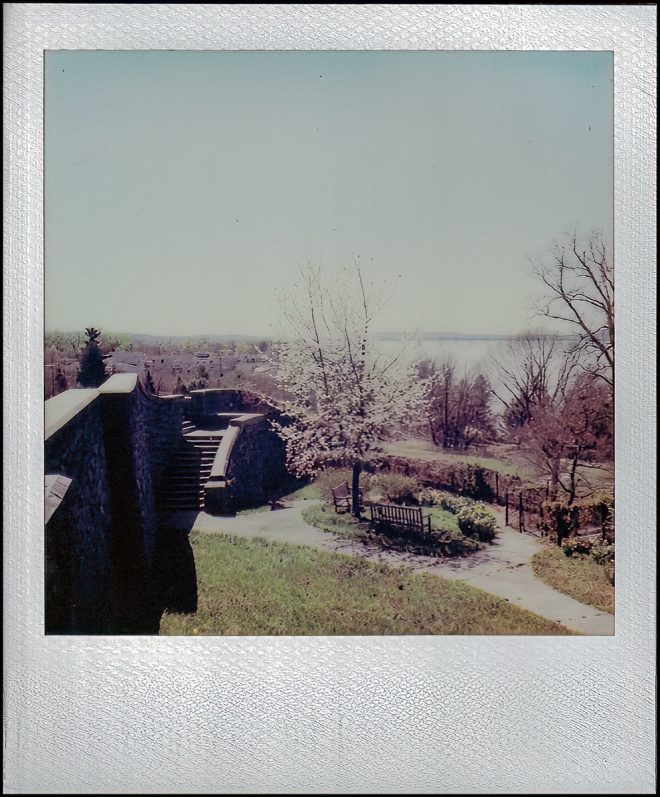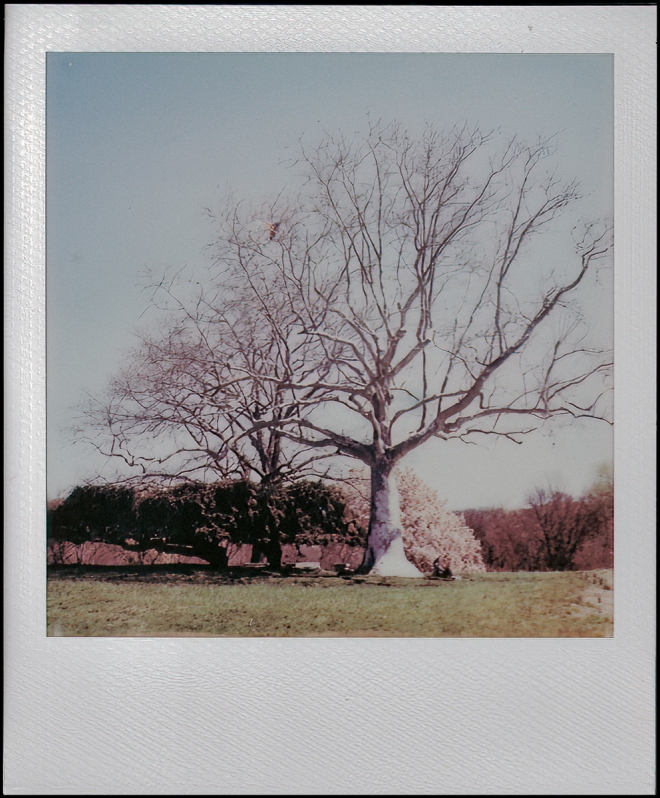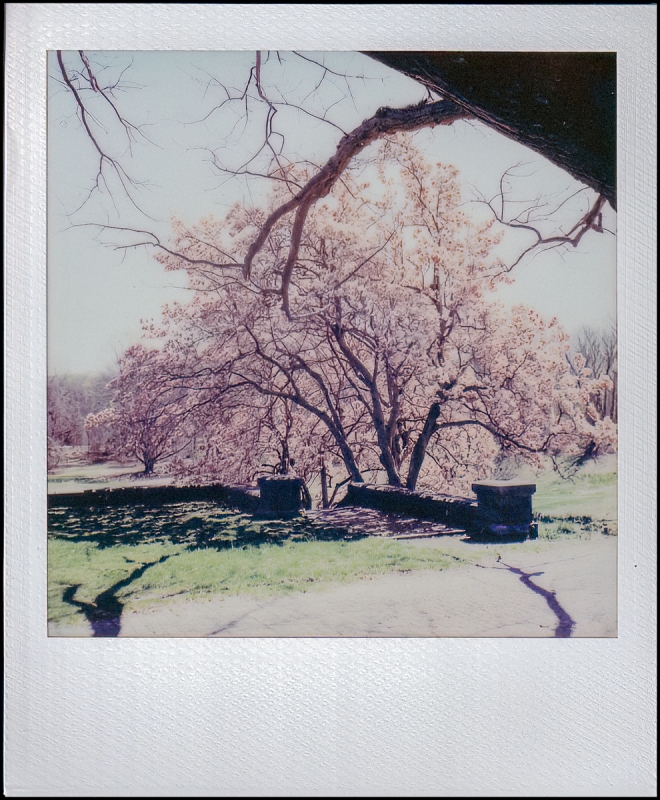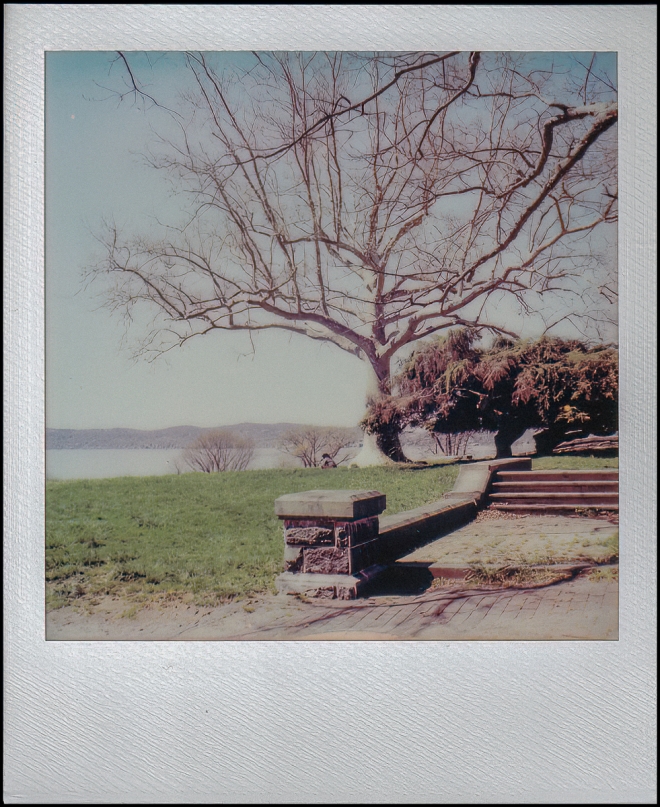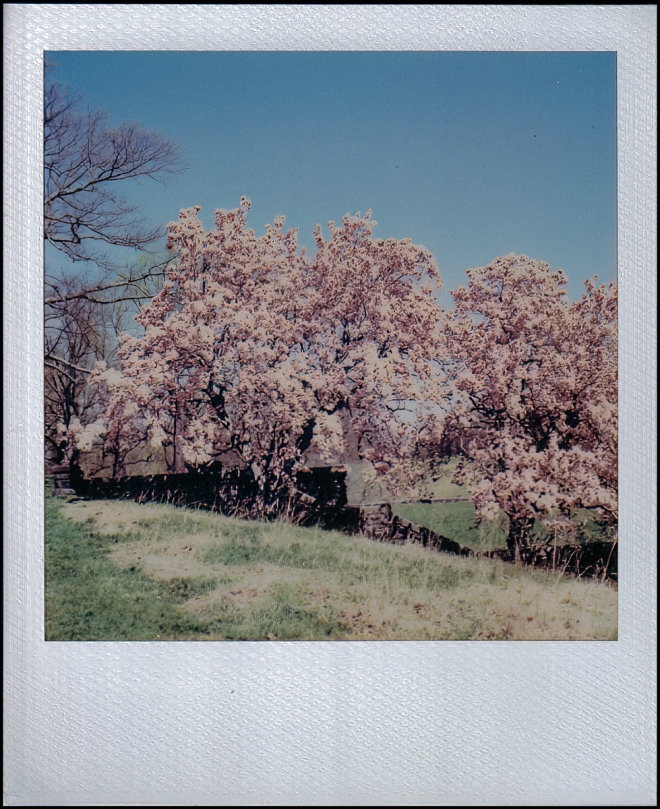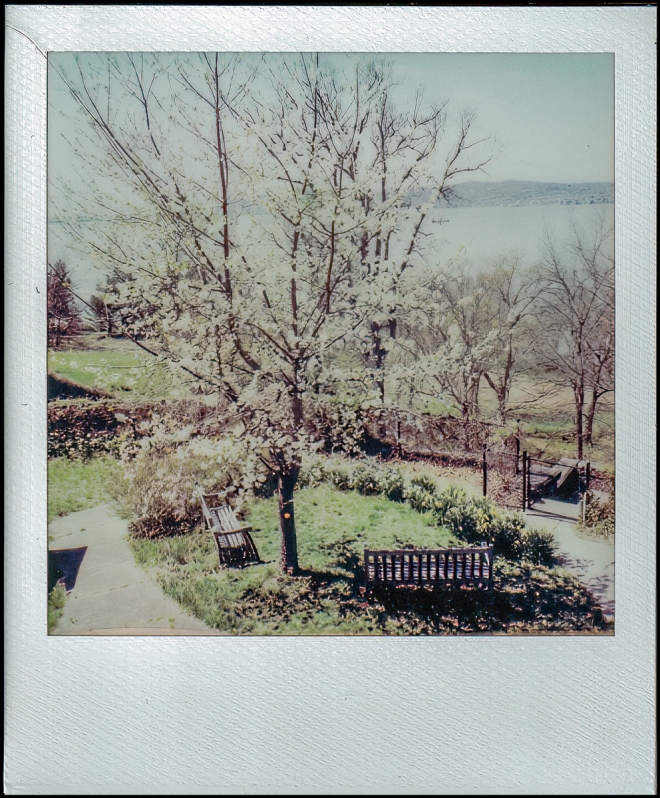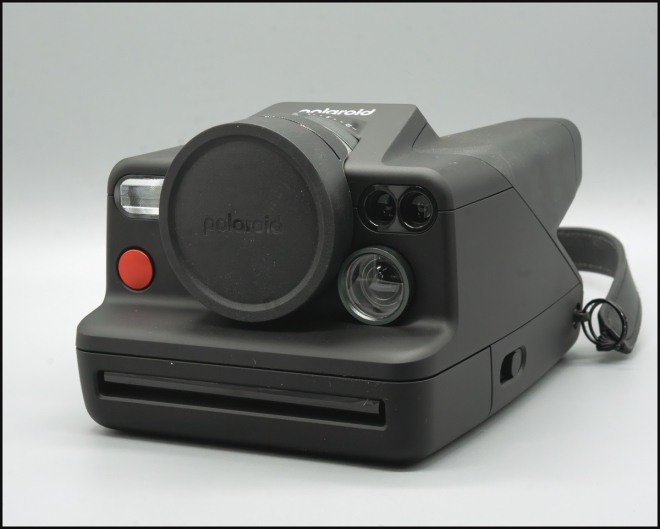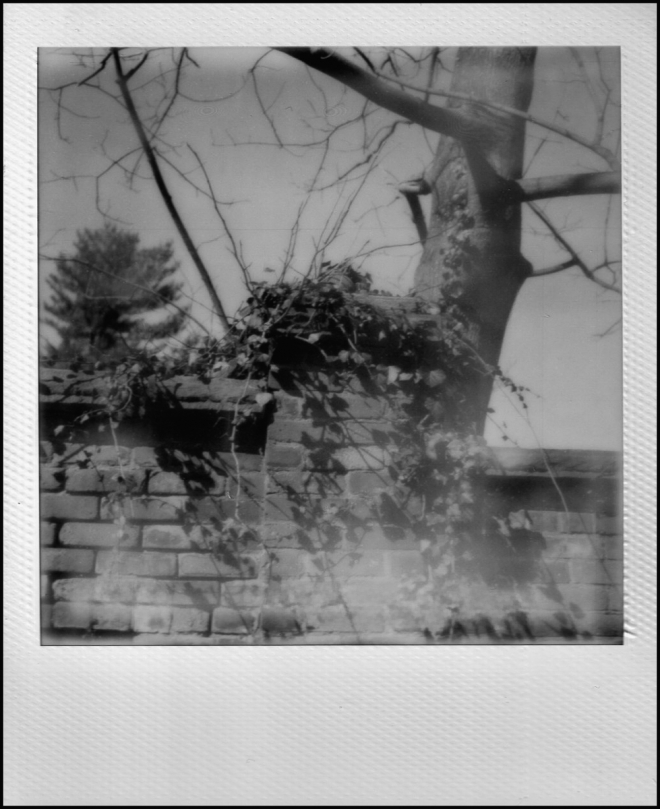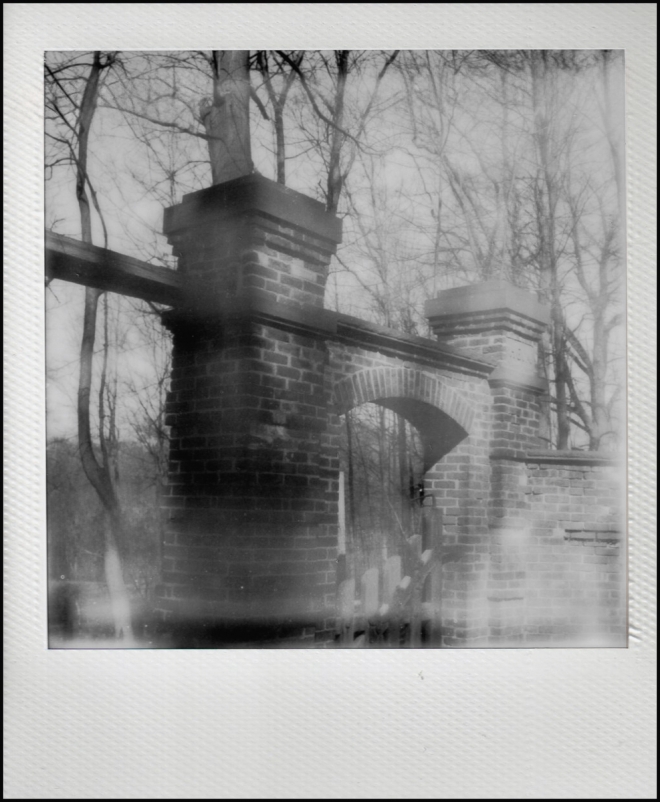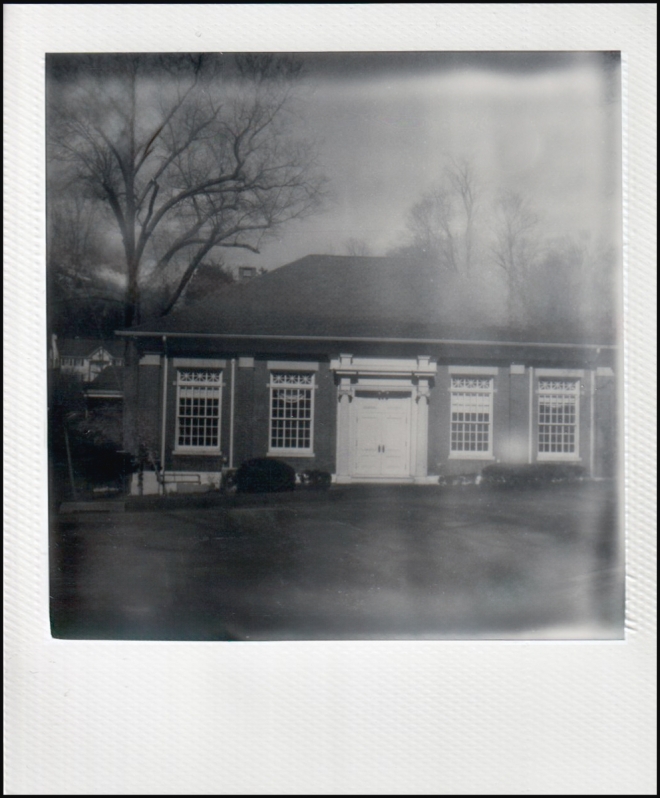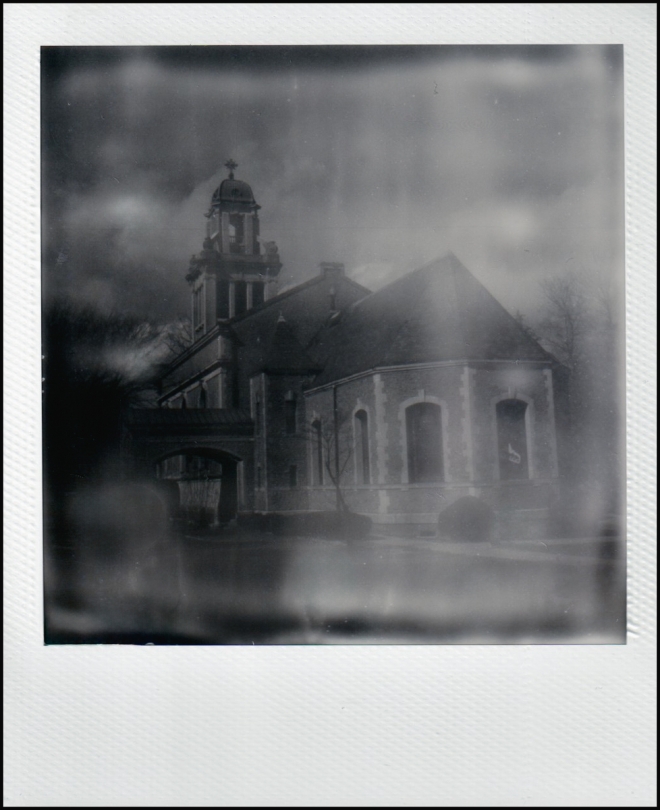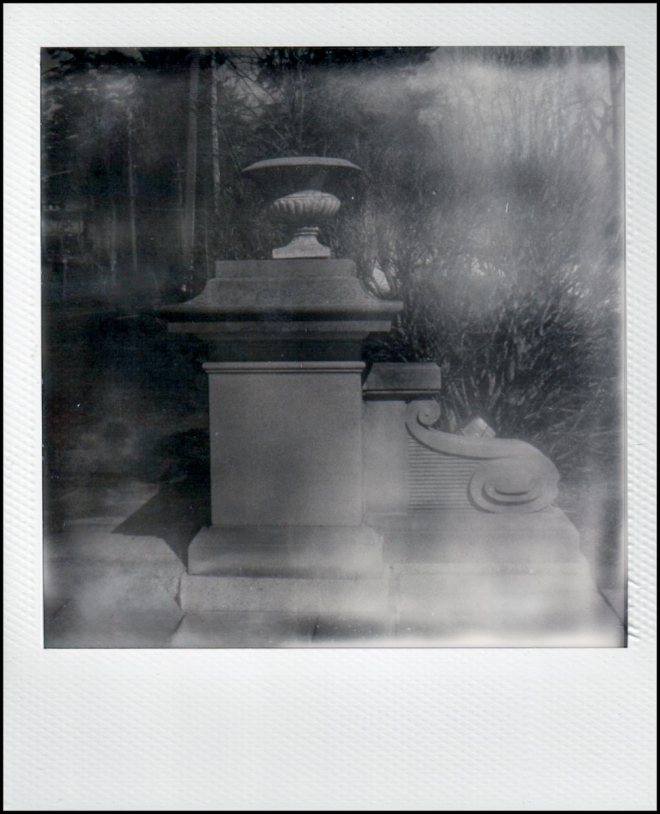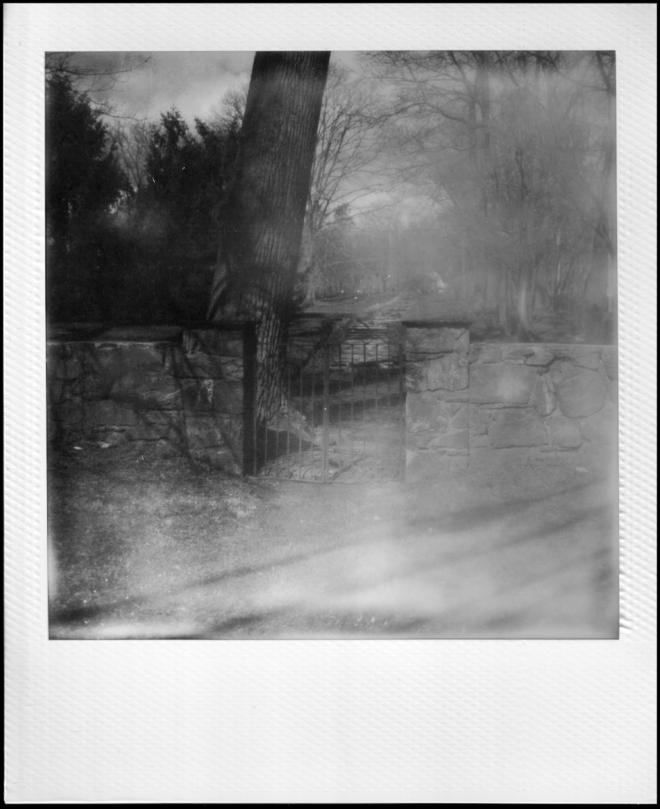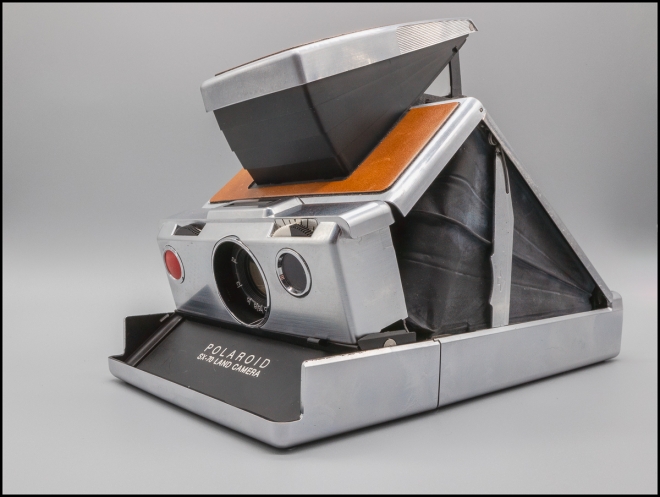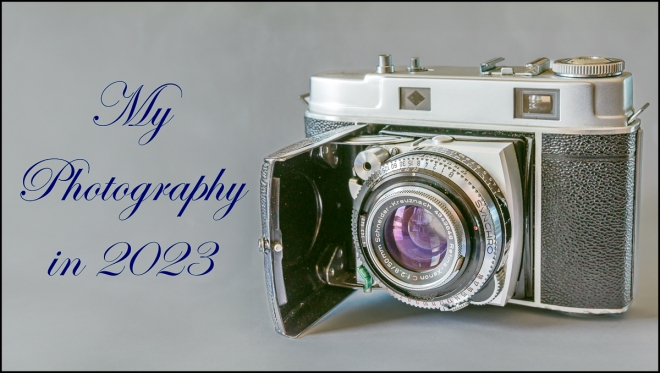Before I start to write about my photography in 2023, I think it would be good for me to talk more broadly about my photographic journey.
My interest in photography started in 1974 when my wife bought me my first serious camera: a Minolta Hi-Matic 7sII film camera, which I used extensively in the 1980s and 90s, along with a Canon AE-1, which I acquired several years later. At some point in the early-mid 2000s I switched to digital photograph, but somehow my interest in photography had waned. I didn’t feel like going out to take pictures and only took pictures of family vacations, family events etc.
Things changed in 2010. I had lost my primary digital camera. I later found it again but by that time I had purchased another one: A Panasonic Lumix LX-3. I loved this camera (still do). Somehow it reignited my love of photography, which was just as well because retirement was looming in 2012, and I needed to find something to do with myself.
After that I split my time between photography and doing things (plays, shows, meals out, travel etc.) with my wife. It was a good time.
This went on until late 2020 when my wife of 43 years unexpectedly passed away after a thankfully very brief illness (not COVID). This was a very tough time for me and I had to find something to keep me occupied, or I would have gone mad. Of course, that thing was photography and between late 2020 and late 2021 I was constantly out taking pictures.
Late in 2022 I volunteered to work for our local Historical Society. This was something I had been meaning to do for some time, but never gotten around to. Since then, I’ve been there virtually every workday from 9:00am-4:00pm. This doesn’t mean that I have given up photography. Far from it. I still take photographs, make photobooks and the occasional prints; collect old cameras and photobooks etc., just at a slightly diminished pace than before.
So photographically speaking this is what I’ve been doing during 2023.
PHOTOGRAPHS
Despite my commitments to the Historical Society, I’ve managed to get out on quite a few photowalks:
In addition to the above I walk a lot around the area where I live and take many pictures. All told I kept about 1,500 photographs in 2023. I took a lot more.
As in previous years I’ve created two year-end posts featuring my favorite photographs, one on favorite black and whites; and the other on favorite color photographs.
BLOG
I maintain and will continue to maintain this blog, which I started in 2012. In 2023 I made 366 Blog Posts. The total number of posts since I started the blog is 4,359.
WEB SITE
However, I have also become a little tired of the blog format. I will keep the blog as a kind of illustrated diary of what I’m up to, but in 2023 I created a more traditional website for myself. You can find it at hgdphotography.org.
NEW DIRECTIONS
In previous years I’ve tried some more experimental (for me) approaches e.g. Macro Photography, Street Photography etc. In 2023 I tried my hand at infrared photography. I enjoyed it and will probably do more. I also want to learn more about video. I have cameras that can shoot video, but I didn’t have software to edit the results. I’ve now acquired some. I haven’t done much with it in 2023 but anticipate doing more in 2024.
I like to see my photographs in print but have little wall space to display them. So instead, I’ve focused on creating photobooks (more precisely ‘Zines’) of my work. In 2023 I created (or substantially modified an earlier version of) the following:
- Opus 40. A remarkable large environmental sculpture in Saugerties, New York,
- Golden Anniversary. Documenting my friends Marc and Rozanne Prisaments’ 50th Wedding Anniversary.
>A Tree:(revised): Around the Neighborhood No. 1. A series of photographs taken at the same time of single nearby tree.
- A Pond: Around the Neighborhood No. 2. A series of Photographs taken around a nearby pond, which was once the outdoor pool of a famous resort hotel now gone.
- Infrared. My attempts at infrared photography.
- Quinceañera (revised). Documenting a friend’s granddaughter’s celebration.
- Rivertowns No. 1: Along Albany Post Road, Tarrytown (revised). Part of an ongoing series of photographs of towns along the Hudson River.
- Rivertowns No. 2: Dobbs Ferry. Part of an ongoing series of photographs of towns along the Hudson River.
PHOTOBOOKS
In 2023 I continued to add to my collection of Photobooks by and about renowned photographers with the following:
- Dream Street. W. Eugene Smith’s Pittsburgh Project by Sam Stephenson.
- Looking at Images. A deeper look at selected photographs by Brooks Jensen.
- Dido Moriyama by Bruna Dantas Lobato.
- The Americans by Robert Frank.
- Infrared Photography: Digital Techniques for Brilliant Images by Laurie Clein et al.
- The Hidden Life of Trees by Peter Wohlleben.
- Richard Misrach on Landscape and Meaning.
- Mary Ellen Mark on the Portrait and the Moment.
- Graciela Iturbide on Dreams, Symbols, and Imagination.
- Peter Lindbergh on Fashion Photography.
- Then: Photographs 1925-1995. By Alexander Liberman.
- Larry Fink on Composition and Improvisation.
- Todd Hido on Landscapes, Interiors and the Nude.
- Time in New England by Paul Strand.
- Examples: The Making of 40 Photographs by Ansel Adams.
- The Portfolios of Ansel Adams. By Ansel Adams.
- 1975 Masters of Contemporary Photography: Duane Michals. The Photographic Illusion: Using the Mind’s Eye to Created Photos for Collectors and Clients.
- 1975 Masters of Contemporary Photography: Art Kane. The Persuasive Image: How a Portraitist and Storyteller Illuminates our Changing Culture.
- 1975 Masters of Contemporary Photography: Elliott Erwitt. The Private Experience: Personal Insights of a Professional Photographer.
- Let us Now Praise Famous Men by James Agee and Walker Evans.
- Eudora Welty. Photographs by Eudora Welty and Reynolds Price.
- Josef Koudelka: The Making of Exiles by Josef Koudelka.
- Ansel Adams. An Autobiography. By Ansel Adams.
- Atget. By John Szarkowski.
- The Living Sea. By Hussain Aga Khan.
CAMERAS
I’ve added a few new (to me) cameras to my collection of old/inexpensive cameras. My current focus is on medium format and older digital cameras:
Of late I’ve focused on medium format, and older digital cameras and added a few new cameras to my collection of old/inexpensive cameras:
Canon PowerShot Pro 1.
Sony Cybershot DSC-R1.
Sony Cybershot DSC-F828
Pentax K10D
Yashica Mat-124G
Petri RF
Kodak Art Deco Six-20
That’s about it other than for me to with anyone reading this a Happy and Prosperous New Year.

